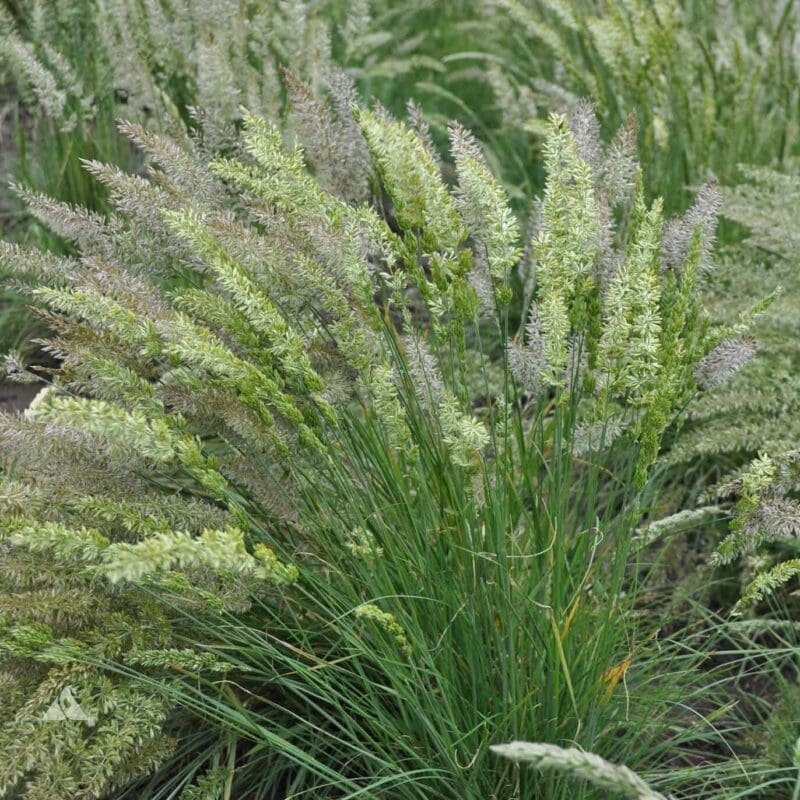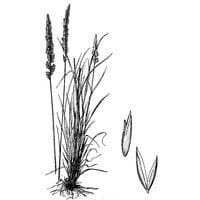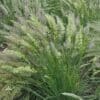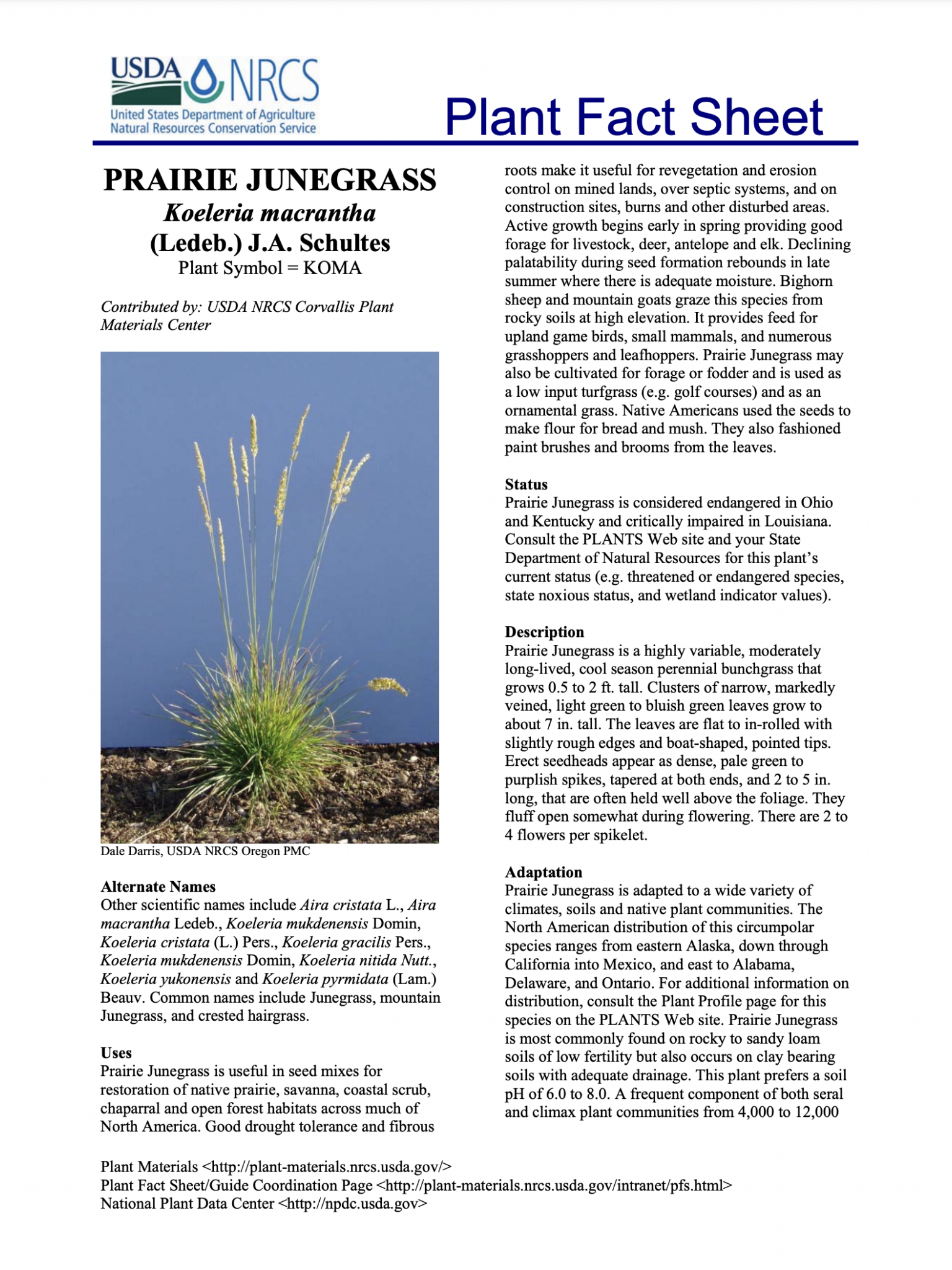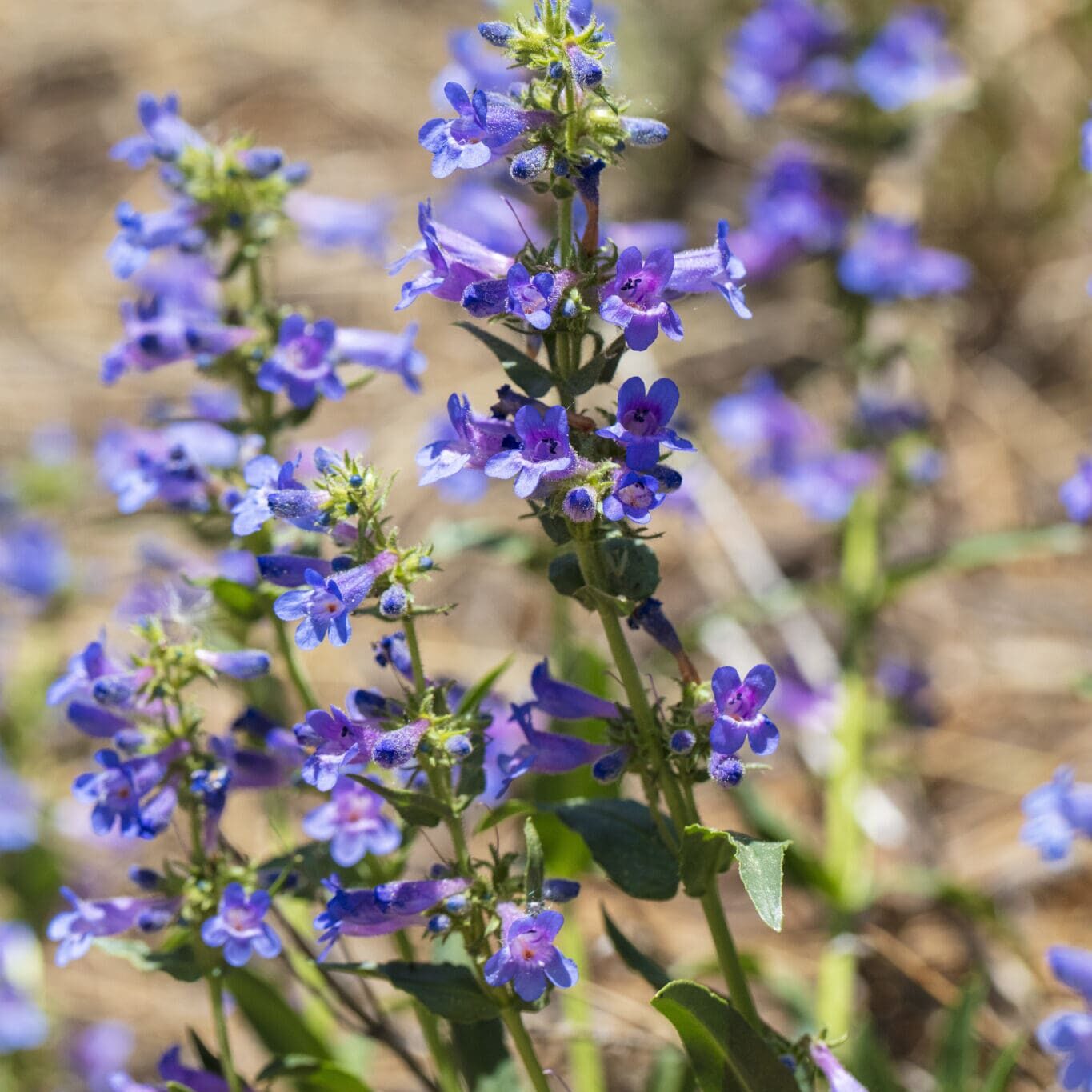Prairie junegrass is a native, perennial, cool season tufted bunchgrass found on rangelands, plains and open forestlands. It is usually 0.5- 2 feet tall. This is one of the first grasses to green-up in the early spring. It is found in a wide variety of native plant communities. It is used for reclamation, range improvement, and as an ornamental. Prairie Junegrass is best adaptable to deep, medium to moderately fine soil texture. Mostly found in elevations from 4,000 – 12,000 feet.
Prairie junegrass is a component of many native plant communities. It greens up early in the spring and provides good early spring forage and fair late spring forage for livestock. It is considered a fair to good forage for elk throughout the year and is desirable forage for deer and antelope in the spring and early summer.
Prairie junegrass is used as a component of native seed mixtures in revegetation of mined lands, heavy use areas and other surface disturbed lands.
Prairie junegrass is cold, heat and drought tolerant and grows on rangeland meadows, plains, mountain foothills and open forestlands. It does best at 12- 20 inches annual precipitation. It is most commonly found at elevations from 4,000- 8,000 feet, but occurs up to 11,500 feet in the central Rocky Mountains.
It is found primarily as a component of native plant communities in open and rocky areas. It is best adapted to well-drained soils such as silts to loams to sandy loams. It prefers 6.5- 8.0 pH soils. It has good tolerance to fire.
Prairie junegrass greens up early in the spring. Grazing deferment until plants are 4- 6 inches tall is recommended to ensure the health of the plant and to reduce over-grazing. It is considered good forage in early spring, but as it matures in later spring, it becomes tough and less palatable. This grass has moderate to high tolerance to grazing.
Scientific Name: Koeleria macrantha
Previously known as Koeleria cristata
***Click on the “Quick Plant Facts” tab above for more information.
Prairie Junegrass NRCS Plant Fact Sheet
Prairie Junegrass NRCS Plant Fact Sheet
PDF version of NRCS Plant Guide & Fact Sheet
Prepared By: Pete Gonzalves and Dale Darris, USDA NRCS, Plant Materials Center, Corvallis, Oregon
Species Coordinator: Daniel G. Ogle, USDA NRCS Idaho State Office, Boise, Idaho
Helpful Links
Additional information about this product can be found on the academic websites linked below.
Synonyms
Many plants have more than one common and scientific name. We've listed a few of them below.
- Prairie Junegrass
- Koeleria macrantha
- Crested hair-grass
Who is Great Basin Seed?
Great Basin Seed is a seed company that specializes in seed sales and consultation for home, ranch, farm, range and reclamation. We have been a leader in the seed industry since 1974.
Our History
We've been in the seed business since 1974.
What We Offer
We offer seed for home, farm, ranch, range and reclamation projects.
Meet the Gang
We have the best employees in the world! We are proud of the work they do, and trust them to serve you!
Right: Company founder Lloyd and his wife Paula Stevens in a wildflower seed production field circa 1977
Quick Plant Facts
| Zone Map | comingsoon.gif |
|---|---|
| Root Form | Bunchgrass |
| Min. Precipitation | 12 Inches Minimum |
| Best SowingTime | Fall |
| Seed Count | 2315000 |
| Sowing Rate | 1-2 PLS lbs. per Acre |
| Growth Height: | |
| Plant Type: | |
| Origin: | |
| Lifespan: | |
| Max Sowing Depth: | |
| Common Name: | Prairie Junegrass |
| Scientific Name: | |
| Old Scientific Name: | |
| Growth Season: | |
| Sun & Shade Tolerance: | Part Sun, Shade Tolerant |
| Elevation of Occurance: | |
| pH Tolerance: | |
| Hardiness Zones: |
